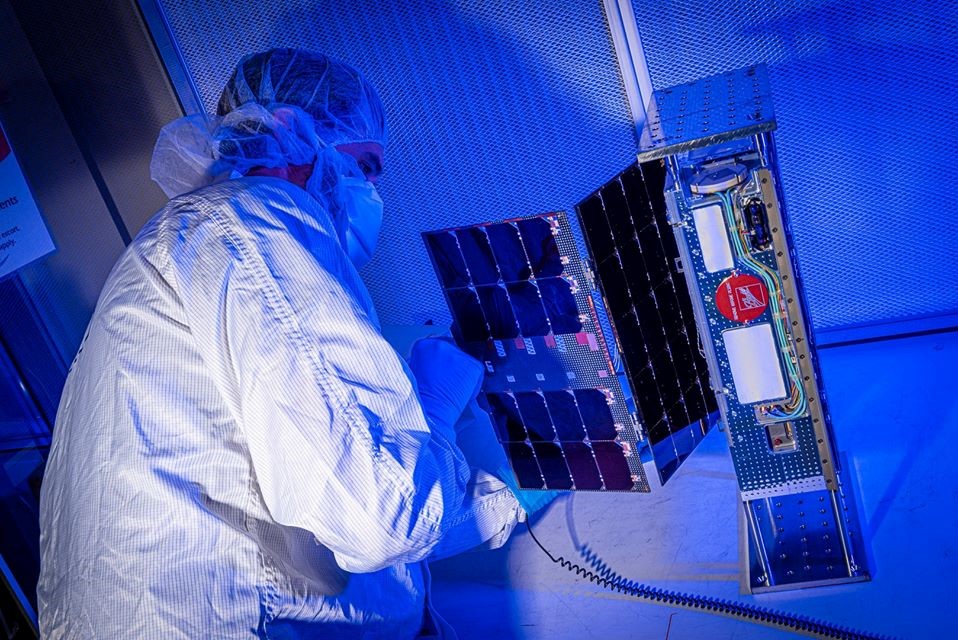

Ball Corp’s aviation-specific innovatory board, Ball Aerospace, has completed the delivery of certain instruments aligned with NASA’s Artemis program. Just last year, Ball Aerospace rolled out a tool that NASA’s Lunar Compact InfraRed Imaging System demanded, called L-CIRiS. The delivery was made to the University of Colorado Boulder Laboratory for Atmospheric and Space Physics (LASP).

The entire mission is being overseen by the principal investigator, Dr Paul Hayne of LASP. Once fully optimised, L-CIRis will pick up panoramic visions in the infrared portal to keep records of the Moon’s surface for NASA’s Commercial Lunar Payload Services (CLPS) initiative under its Artemis space program.
The instrument’s formation was solely possible of the unparalleled relationships with Ball Aerospace’s parent organisation in the USA, the Ball Corporation. Ball’s proprietary component, ReAl®, has been vehemently used in constructing the Zenith mirror, which propels sustainable material use for space innovation. ReAl® is a sustainable recycled aluminium alloy patented by USA’s Ball Corporation.
ReAl® is a flagship aluminium alloy marketed by Ball, which is usually applied in the production of impact-extruded aluminium containers. ReAl® was formulated by collaborating engineers from Ball’s Aerosol and Beverage departments. Moreover, the aluminium used in packaging solutions is of the highest purity; therefore, when Ball’s packaging segment provides for the impact extruded containers, the quality is automatically augmented with carbon emissions 50 per cent lower than conventional alloys.
The senior director of Innovation & Business Development at Ball Aerosol Packaging, Jason Galley, mentioned: “The inclusion of ReAl® on the L-CIRiS instrument is an incredibly exciting opportunity that reflects the strength of cross-divisional collaboration, as well as being a testament of Ball’s commitment to aluminium innovation.”
Ball Aerospace and different Aerosol teams conducted their research jointly to guarantee ReAl® also reaches the quantifications to operate in space ecology.
L-CIRis will use the Zenith mirror to measure its internal background signal by protruding upwards at the blackness of space, a zone with the lowest thermal emissions. The background signal will then be subtracted from all the snaps taken of the Moon to replicate the actual condition.
The vice president and general manager of Civil Space at Ball Aerospace, Alberto Conti, commented: “L-CIRiS is an example of Ball Aerospace’s commitment to developing technology that will enable the science of tomorrow, coupled with the sustainable and innovative re-use of recycled aluminium for a space application.”
By incorporating products from Ball Corporation’s packaging division, NASA has been able to receive reasonable, efficient science objects created with 100% recyclable, sustainable material content. This addition to NASA’s fleet of extraordinary space elements will aid in better understanding Earth’s closest companion, the Moon.



Responses






